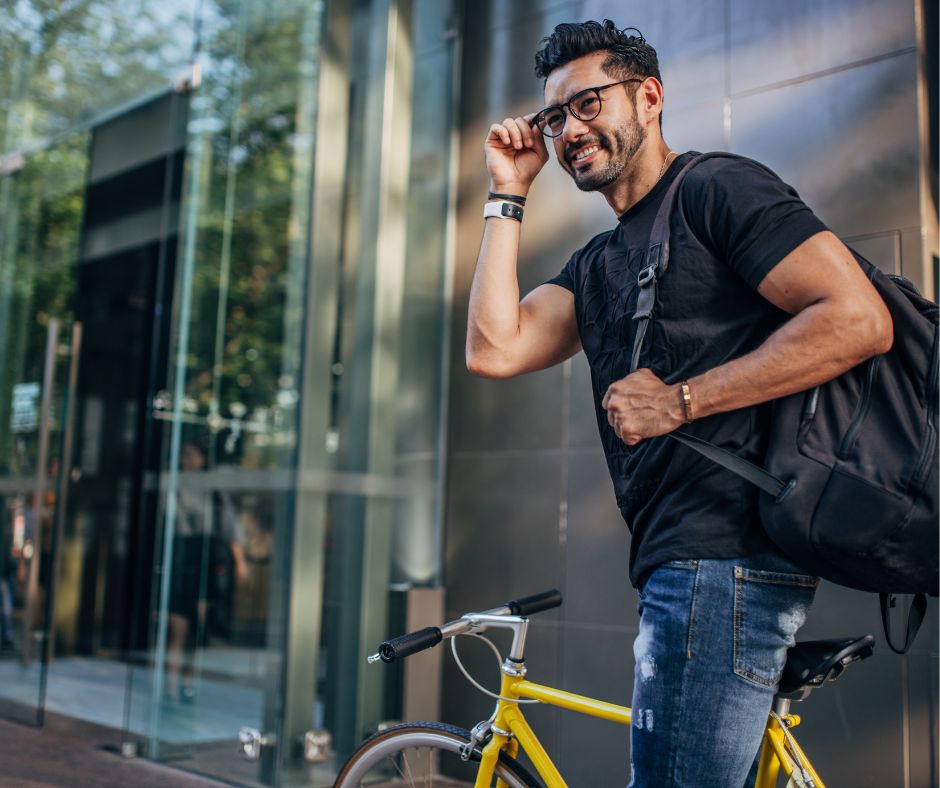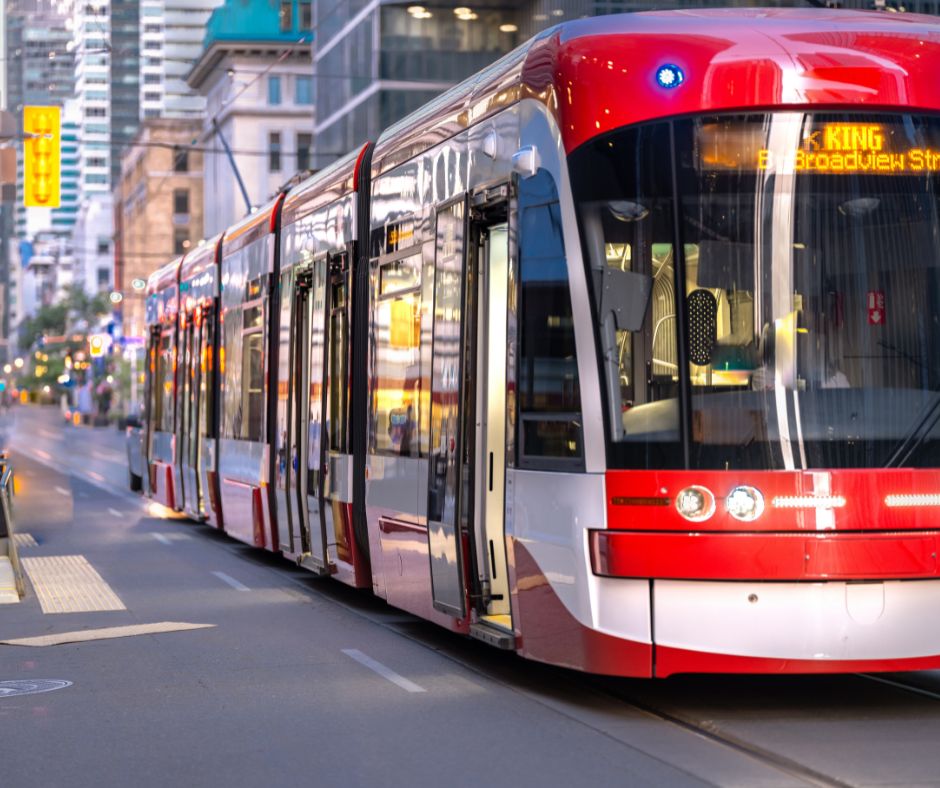Navigating Seattle’s Public Transit: Tips for Commuting Around the City
Seattle offers a robust public transit system that makes commuting without a car convenient and affordable. Whether you’re here for a short stay or planning a more extended visit, understanding how to navigate Seattle’s buses, light rail, and ferries will help you quickly get around the city. Here’s a practical guide to using Seattle’s public transit system.
Public Transit Options: An Overview
King County Metro operates Seattle’s public transit network, which includes several modes of transportation.
- Buses: King County Metro buses are the backbone of Seattle’s public transit system, offering extensive routes throughout the city and surrounding areas. Buses run frequently during peak hours, making them a reliable option for commuters.
- Light Rail: The Link Light Rail runs from the University of Washington to Sea-Tac Airport, passing through downtown Seattle. It’s a fast and efficient way to travel between neighborhoods and avoid traffic.
- Streetcars: Seattle’s two streetcar lines, the South Lake Union Streetcar and the First Hill Streetcar, provide easy access to crucial downtown areas.
- Ferries: For those looking to explore the surrounding islands or commute from regions across the Puget Sound, the Washington State Ferries are an iconic and scenic way to travel.
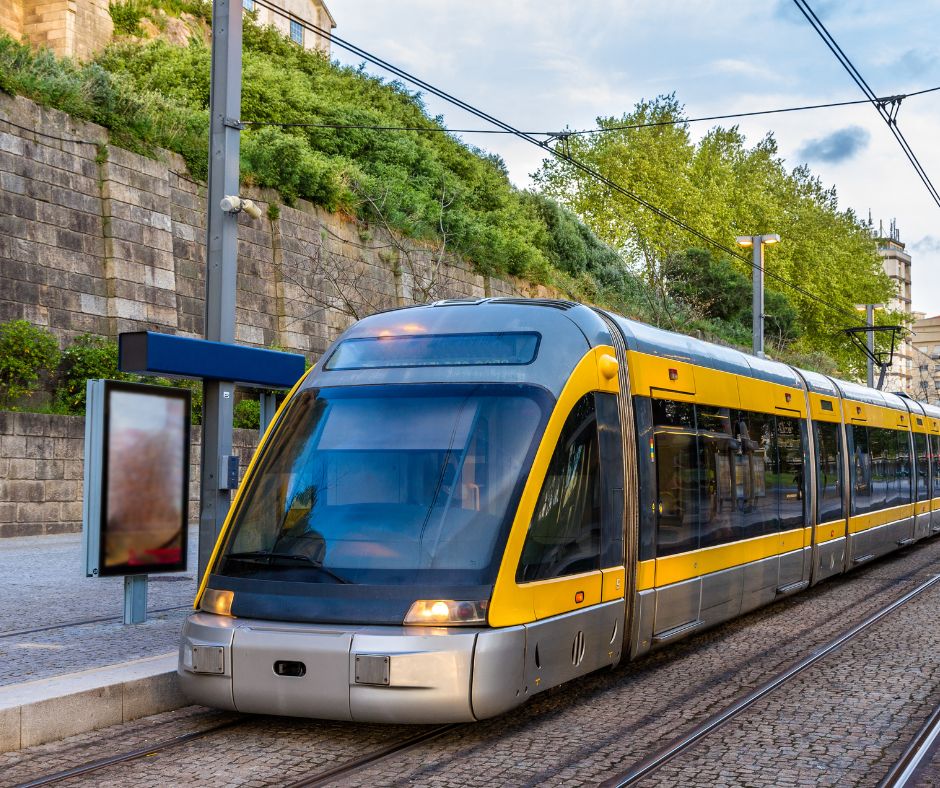
How to Pay for Public Transit
Seattle offers several easy ways to pay for your public transit fare, whether taking a bus, light rail, or ferry.
- ORCA Card: The ORCA Card is an all-in-one payment method accepted on buses, light rail, streetcars, and ferries. Load the card with funds and tap it when you board. ORCA cards can be purchased online, at transit stations, or select retailers.
- Mobile Apps: Seattle offers mobile payment options through apps like Transit GO Ticket. You can buy and store tickets on your smartphone, making it easy to hop on without needing cash or a card.
- Cash Fares: If you prefer to pay some money, buses, and streetcars accept exact change, though using an ORCA card or app is often more convenient.
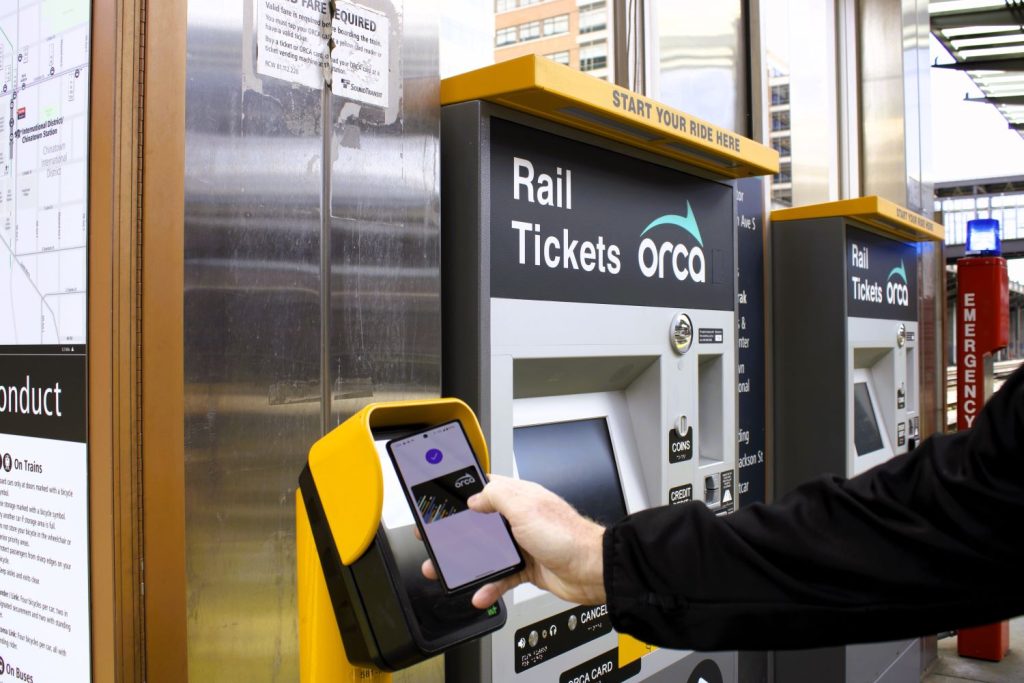


Popular Routes for Commuters
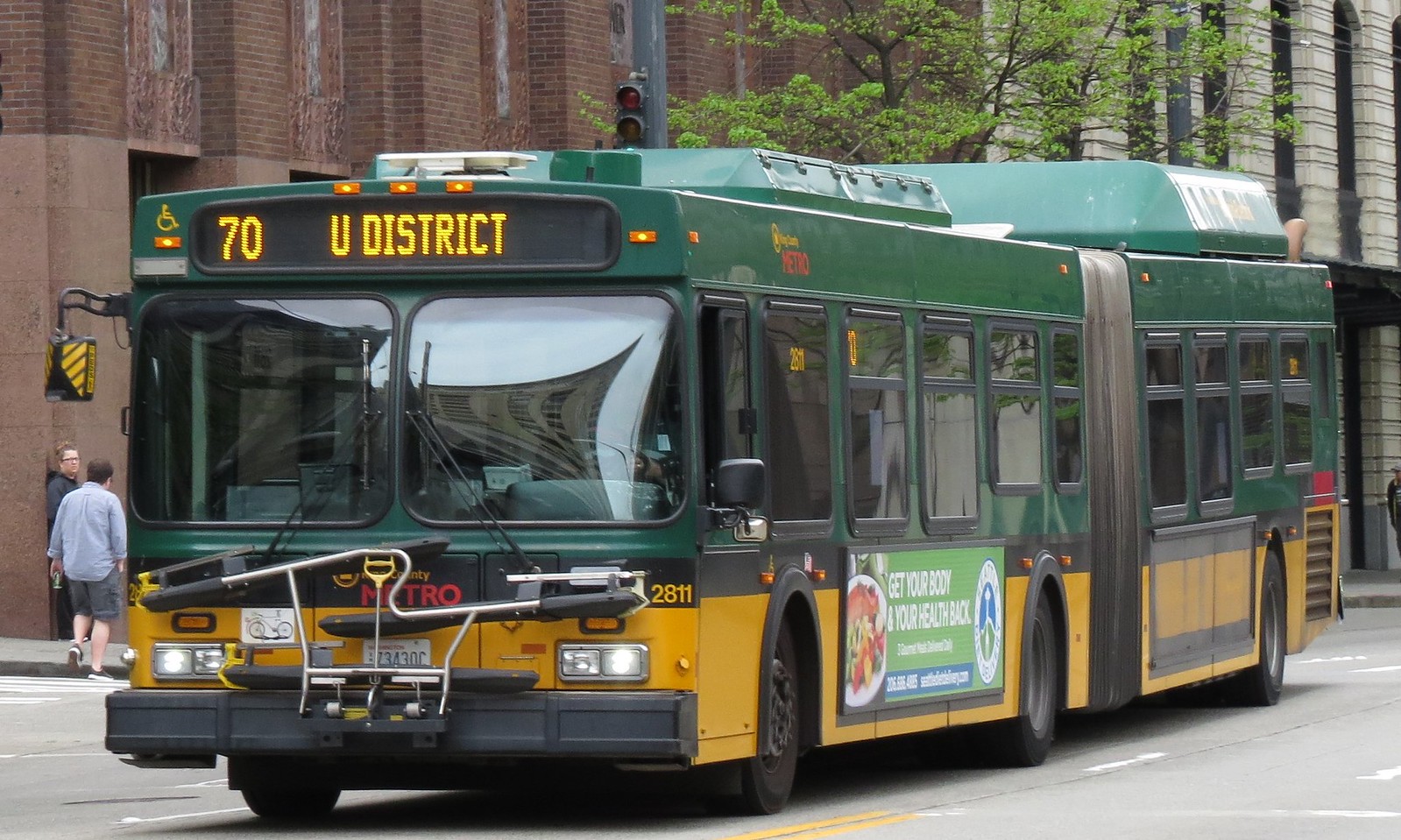
Whether you’re commuting to work or exploring the city, these are some of the most popular and useful routes
- Link Light Rail (Downtown to Sea-Tac Airport)
The Link Light Rail is one of the easiest ways to travel from downtown Seattle to Sea-Tac Airport. Trains run frequently and take about 40 minutes from the city center to the airport
Your Content Goes Here
- RapidRide
King County Metro’s RapidRide buses offer high-frequency service on key routes, including the E Line (traveling north to south through downtown) and the D Line (which serves Ballard and downtown). These routes are perfect for quick commutes and avoiding heavy traffic.
- Route 70 (University District to Downtown)
Route 70 is a famous bus line connecting the University District to downtown Seattle, making it ideal for students and professionals commuting between these busy neighborhoods.
Pro Tip: If you’re new to Seattle or planning to use public transit frequently, consider downloading the OneBusAway app. This handy tool provides real-time information on bus and train arrivals, helping you plan your trip and avoid long waits.
Navigating Transfers and Transit Hubs
Seattle’s transit system is well-connected, but knowing where to transfer between different types of transit can make your commute even smoother.
- Pioneer Square Station: Located in the heart of downtown, this station connects Link Light Rail and bus routes, making it a key hub for commuters traveling through the city center.
- Westlake Station: Another important downtown hub, Westlake Station, links light rail, buses, and the South Lake Union Streetcar. It’s a convenient stop for those commuting to and from downtown.
- Sea-Tac/Airport Station: For those traveling to or from the airport, Sea-Tac/Airport Station is the primary light rail station for easy access to flights and airport services.

Getting Around with Biking and Walking
Seattle’s bike-friendly public transit system makes it easy to combine your commute with cycling. Most buses and ferries have bike racks, and the light rail allows bicycles during non-peak hours. Additionally, Seattle is a very walkable city, so many commuters choose to walk short distances between transit stops.
Pro Tip: For those staying in Seattle long-term, consider using Pronto, the city’s bike-share program. You can rent a bike by the hour or sign up for a monthly membership, making it easy to get around the city’s many bike lanes.
Whether you’re commuting for work or exploring the sights, Seattle’s public transit system makes it easy to get around without a car. From buses and light rail to ferries and streetcars, plenty of options suit your needs. With the ORCA card or a mobile app, navigating the city is simple and stress-free—sit back and enjoy the ride!
